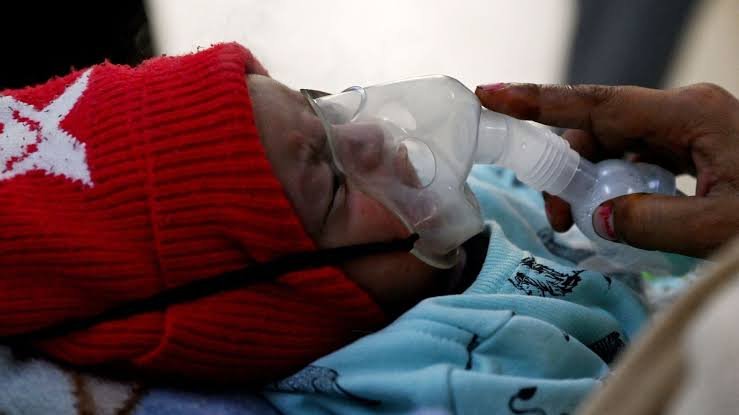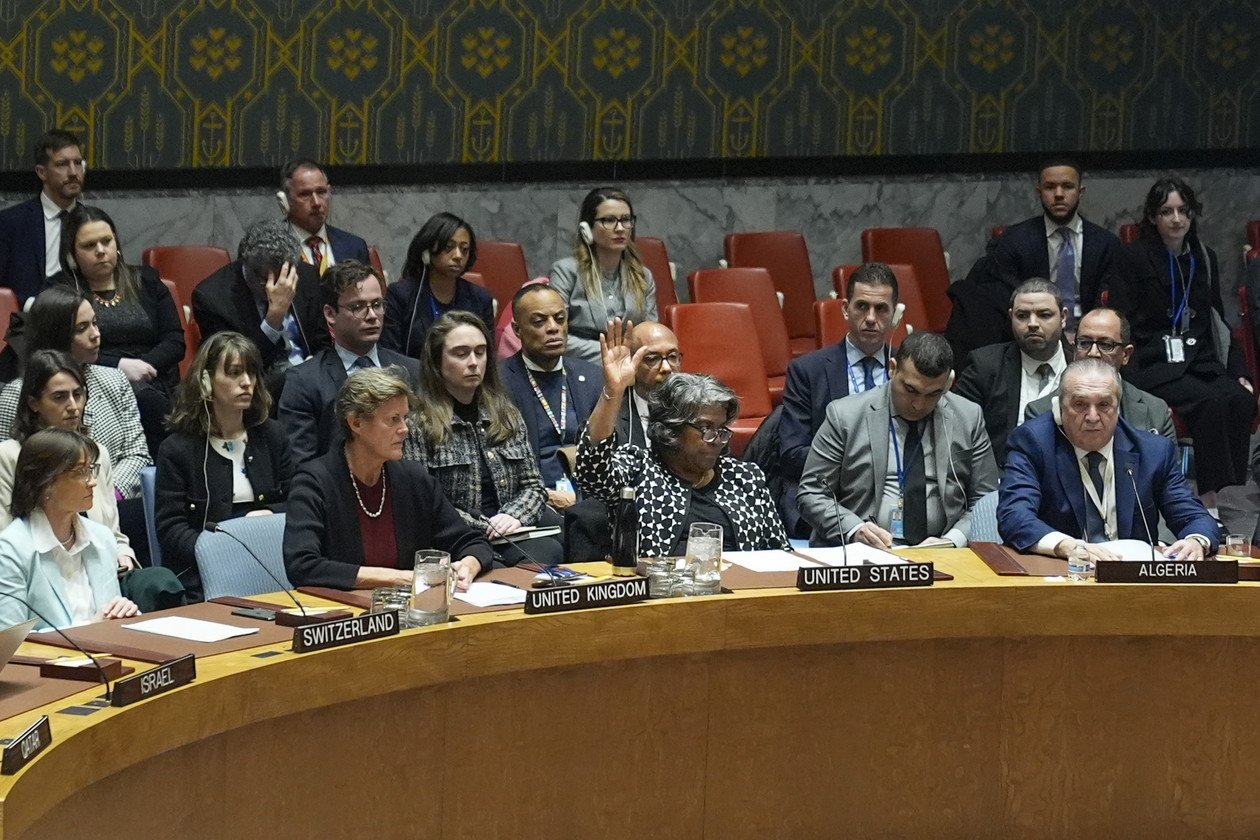How worried should we be about the pneumonia outbreak in china?
A mysterious pneumonia outbreak in China has led to a surge in cases, overwhelming hospitals. Beijing children’s hospital, according to China National Radio, is handling an average of 7,000 patients daily. The infection primarily affects children, causing lung inflammation and high fever, with the absence of typical respiratory symptoms like cough. Experts suggest a potential link to ‘immunity debt’ following the lifting of lockdown restrictions during the peak respiratory illness season. The illness, labeled as ‘undiagnosed pneumonia,’ is suspected to be linked to pre-existing viruses, bacteria, or atypical bacteria like RSV or Mycoplasma in Beijing and Liaoning Province.
Pneumonia is a medical condition characterized by inflammation of the air sacs in one or both lungs. The air sacs, also known as alveoli, can fill with fluid or pus, causing symptoms such as coughing, difficulty breathing, and chest pain. Pneumonia can be caused by various microorganisms, including bacteria, viruses, and fungi.
When the air sacs are affected, the oxygen exchange in the lungs is impaired, leading to respiratory difficulties. The severity of pneumonia can range from mild to severe, and in some cases, it can be life-threatening, especially for vulnerable populations such as the elderly, young children, and individuals with weakened immune systems.
Common symptoms of pneumonia include:
1. Cough: Often producing phlegm that may be green, yellow, or bloody.
2. Fever: A high body temperature is a common symptom.
3. Shortness of Breath: Difficulty breathing or a feeling of breathlessness.
4. Chest Pain: Pain or discomfort in the chest, especially during coughing or breathing deeply.
5. Fatigue: Feeling unusually tired or weak.
6.Sweating and Shivering: Sweating and chills may accompany the fever.
Pneumonia can be classified into several types based on the causative agent:
1. Bacterial Pneumonia: Caused by bacteria such as Streptococcus pneumoniae.
2. Viral Pneumonia: Caused by viruses such as influenza or respiratory syncytial virus (RSV).
3. Fungal Pneumonia: Caused by fungi, often seen in individuals with weakened immune systems.
Preventive measures include vaccination, good hygiene practices, and avoiding known risk factors such as smoking. Vaccination against common respiratory pathogens, especially for high-risk groups, is a key strategy in preventing pneumonia.
If someone experiences symptoms of pneumonia, seeking medical attention is crucial for proper diagnosis and treatment. Always consult with a healthcare professional for personalized advice and care.
Is covid -19 a form of pneumonia?
Is pneumonia a global issue?
pneumonia is a global health issue that affects people worldwide. It is a common and widespread respiratory infection that can impact individuals of all ages, from infants to the elderly. The burden of pneumonia is particularly significant in developing countries, where access to healthcare resources and preventive measures may be limited
Pneumonia is a leading cause of morbidity and mortality globally, especially among vulnerable populations such as young children, the elderly, and individuals with weakened immune systems. The World Health Organization (WHO) estimates that pneumonia is responsible for a large number of deaths each year, and it is a major contributor to the global burden of disease.
Several factors contribute to the global impact of pneumonia:
- Infectious Agents: Pneumonia can be caused by a variety of infectious agents, including bacteria, viruses, and fungi. These agents can be present in communities worldwide.
- Risk Factors: Certain risk factors, such as malnutrition, lack of access to clean water, indoor air pollution, and crowded living conditions, can increase the likelihood of pneumonia. These risk factors are prevalent in many parts of the world.
- Healthcare Infrastructure: The availability and quality of healthcare services play a crucial role in preventing, diagnosing, and treating pneumonia. Disparities in healthcare infrastructure contribute to variations in the impact of pneumonia globally.
- Vaccination: While vaccines are available to prevent some types of pneumonia, access to and utilization of vaccines vary across regions, influencing the prevalence of the disease.
Efforts to address pneumonia on a global scale include vaccination campaigns, improved access to healthcare, public health education, and research into more effective treatment options. Organizations like the WHO and UNICEF work towards reducing the global burden of pneumonia through initiatives aimed at improving prevention, diagnosis, and treatme
What are the 4 stages of pneumonia?
Pneumonia is typically characterized by different stages, and the progression can vary depending on factors such as the underlying cause, the overall health of the individual, and the promptness of medical intervention. While specific staging may not always be precisely defined, here’s a general overview of the typical progression of pneumonia:
- Consolidation (Early Stage):
- In the early stage of pneumonia, the infection begins in a specific part of the lung, leading to the consolidation of lung tissue.
- The affected area becomes filled with inflammatory cells, blood cells, and other exudates, causing the air sacs (alveoli) to fill with fluid or pus.
- Common symptoms at this stage include cough, fever, and chest pain.
- Red Hepatization (Intermediate Stage):
- In the next stage, the affected lung tissue becomes reddish-brown due to the presence of red blood cells and inflammatory cells.
- The lung becomes firmer and less elastic as the consolidation continues.
- Symptoms may intensify, with increased coughing, chest pain, and difficulty breathing.
- Gray Hepatization (Late Stage):
- In this stage, the lung tissue takes on a grayish color as the red blood cells break down and are replaced by fibrin and other products.
- The inflammatory process gradually decreases, and the lung begins to heal.
- Symptoms may start to improve, but there can still be lingering respiratory issues.
- Resolution or Abscess Formation:
- In the final stage, the body’s immune system continues to work on clearing the infection.
- The pneumonia either resolves, with the affected lung tissue returning to normal, or in some cases, an abscess may form.
- Abscess formation is more common with certain bacterial infections and may require specific treatment.
It’s important to note that the progression of pneumonia can be variable, and not everyone will experience all of these stages. Some individuals may recover without developing severe symptoms, while others may progress to more critical stages, especially if there are underlying health conditions.
Early detection and appropriate medical intervention, such as antibiotics for bacterial pneumonia or antiviral medications for viral pneumonia, are crucial for a favorable outcome. If someone suspects they have pneumonia or is experiencing respiratory symptoms, seeking prompt medical attention is advised.
What is the strongest antibiotic for pneumonia?
The choice of antibiotic for treating pneumonia depends on several factors, including the type of pneumonia (bacterial, viral, or fungal), the severity of the infection, and individual patient characteristics such as age and underlying health conditions. Antibiotics are specifically effective against bacterial pneumonia but are not effective against viral or fungal pneumonia.
For bacterial pneumonia, healthcare professionals often prescribe antibiotics based on the likely causative bacteria and local resistance patterns. Commonly used antibiotics for bacterial pneumonia include:
- Macrolides
- Fluoroquinolones
- Beta-lactam antibiotics
The choice of the “strongest” antibiotic depends on the specific bacteria causing the infection and its susceptibility to the antibiotic. The healthcare provider will consider factors such as the patient’s medical history, potential allergies, and local antibiotic resistance patterns when selecting an appropriate antibiotic.
It’s crucial to note that antibiotics do not work against viral pneumonia, which is caused by viruses like influenza or respiratory syncytial virus (RSV). In the case of viral pneumonia, antiviral medications may be used if available and deemed appropriate.
Self-medication with antibiotics is not advisable, and individuals with suspected pneumonia should seek prompt medical attention. Only a healthcare professional can determine the most appropriate treatment based on the specific circumstances of the individual case.
Can pneumonia damages your lungs?
Yes, pneumonia can potentially cause damage to the lungs, especially if the infection is severe or if there are complications. The extent of lung damage can vary depending on factors such as the type of pneumonia, the causative agent (bacteria, virus, or fungi), and the overall health of the individual.
Here are some ways in which pneumonia can impact the lungs:
- Inflammation and Fluid Accumulation: Pneumonia involves inflammation of the air sacs (alveoli) in the lungs. The inflammatory response can lead to the accumulation of fluid and pus in the alveoli, impairing the exchange of oxygen and carbon dioxide.
- Consolidation: The infection can cause consolidation, where lung tissue becomes more solid due to the presence of inflammatory cells, blood cells, and other substances. This can further compromise lung function.
- Scarring: In severe cases or cases with complications, pneumonia can lead to scarring of lung tissue. Scarring, also known as fibrosis, may affect the elasticity of the lungs and impact respiratory function.
- Abscess Formation: In some cases, pneumonia can lead to the formation of abscesses in the lung tissue. An abscess is a collection of pus, and it may require specific treatment, such as drainage or surgery.
- Long-Term Effects: While many people recover fully from pneumonia with appropriate treatment, in some cases, there may be lingering respiratory issues or long-term effects. Chronic respiratory conditions, such as chronic obstructive pulmonary disease (COPD), can sometimes be associated with a history of severe pneumonia.
It’s important to note that prompt and effective treatment of pneumonia, especially with appropriate antibiotics for bacterial pneumonia, can significantly reduce the risk of long-term lung damage. However, individuals with severe pneumonia or those with underlying health conditions may be at a higher risk of complications.
If someone is experiencing symptoms of pneumonia, such as persistent cough, difficulty breathing, chest pain, or high fever, it’s crucial to seek medical attention for a proper diagnosis and timely treatment. Early intervention can help minimize the risk of complications and promote a smoother recovery.
My another blog :-






Can you be more specific about the content of your article? After reading it, I still have some doubts. Hope you can help me.